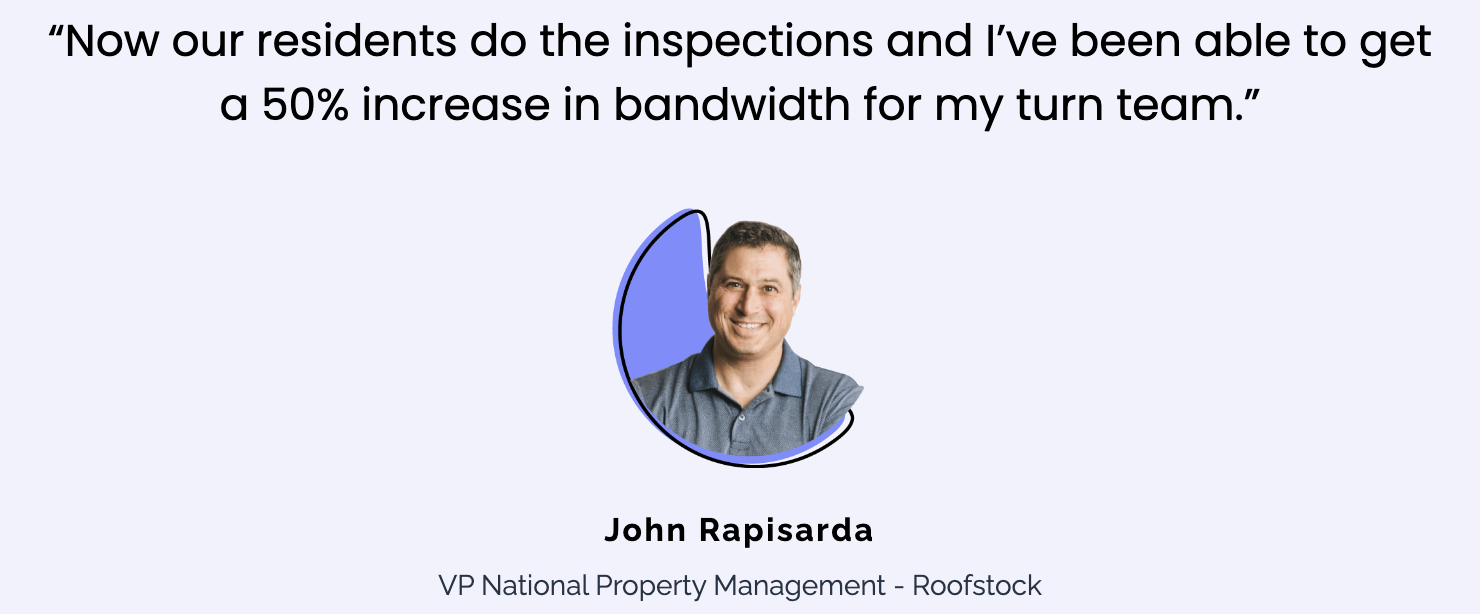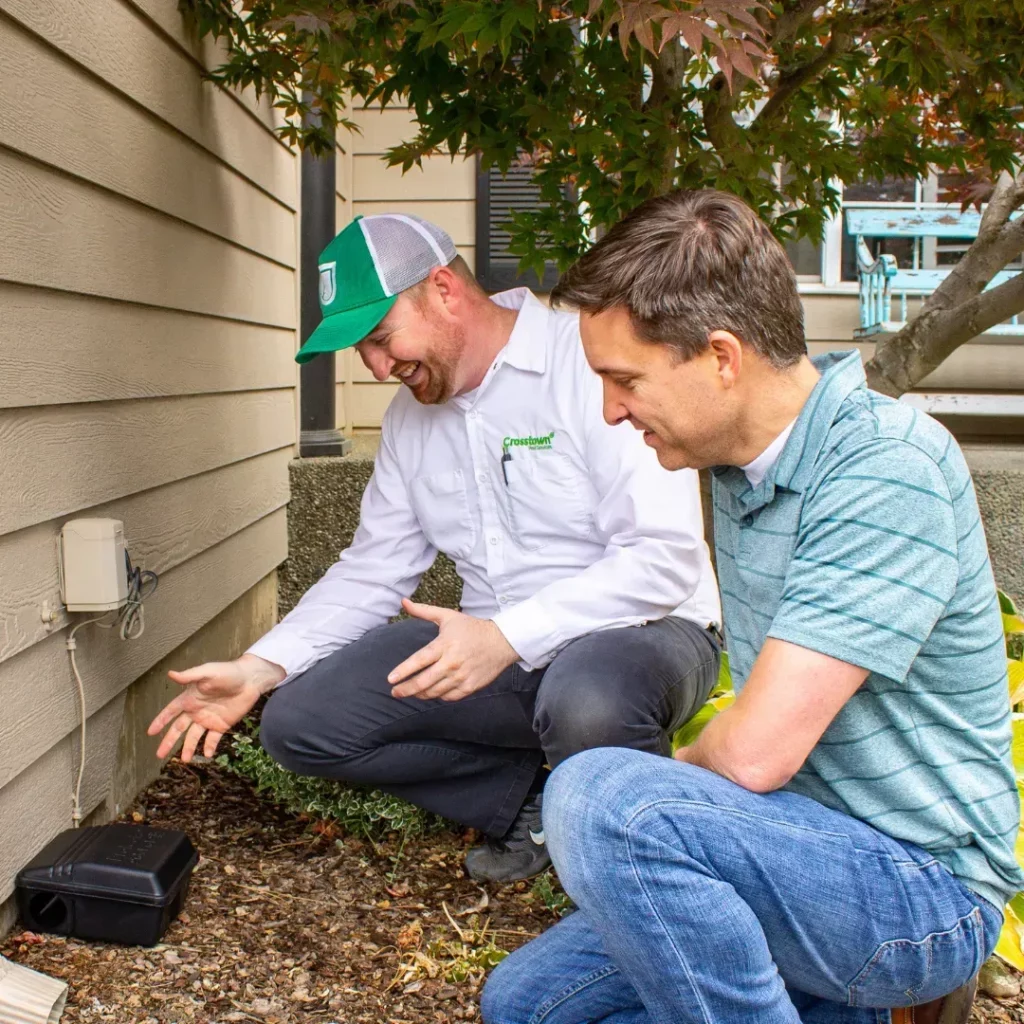In real estate investing, there’s an assortment of classic debates which will likely remain unresolved for the near future. Is it better to invest in newer or older properties? If you opt for long-term leases, do you concentrate on cash flow or capital development? Repay the debt on your own investment portfolio or boost it by refinancing to include more properties? Purchase properties in B and A-ranked places or chase the greater yields of D and C ones?
The Pros and Cons of Renting Older Properties
In this post, I’m going to talk about the pros and cons of buying newer verse older rentals. I am certain that there’ll be property investors behind each argument but this is meant to supply a synopsis of the advantages and disadvantages of every property type.
The Advantages of Purchasing Older Properties
There are 3 chief benefits to buying rental properties that are older:
-
Stable location and closer neighborhood
-
Predictable and stable rents and home values
-
Mature properties are generally better constructed
The main advantage to buying old rental properties is they are usually located in recognized charming neighborhoods closer to the most important town hubs. Therefore, they have a tendency to draw tenants most concerned with proximity and lifestyle. This renter pool has its advantages and disadvantages. On the flip side, they are inclined to be transitory tenants and do not typically remain for longer rental terms.
The next advantage to buying old rental properties is that market prices such as rents and values are well recognized by virtue of their area being there for quite a long time.
Last but not least, investors who buy older properties think they are better constructed than the more recent properties. What I will tell you for certain is that there is a definite tendency toward greater density in construction. Mature neighborhoods normally had larger lots with houses having more distance between one another. Today, builders are attempting to match more houses in precisely the exact same quantity of land because of increasing land prices.
Now let us look at the advantages of newer properties (which double as the disadvantages of elderly rentals).
The Advantages of New Rental Properties
There are five chief advantages of newer leases:
-
Better schools in the area
-
Low maintenance costs means predictable cash flow
-
Better energy efficiency
-
Better potential for capital gains
The main advantage to buying newer rental properties is that generally, these properties are normally zoned to schools that are better. School quality has become the most significant criterion that amazing tenants look for when choosing a rental residence. Newer rental properties normally contribute to greater tenants since they are zoned to schools that are better.
Secondly, newer houses have reduced capital expenditures during the next decade of possession because all their important systems are somewhat newer. Even in the instance of a remodeled old lease, unless the pipes or even the knob and tube electrical systems was replaced and upgraded, you will probably find more costly repairs on elderly rental houses than newer. That is generally not the case with elderly rental properties. Put otherwise, if you would like the operation of your property portfolio to be predictable, you buy rental properties that are newer.
Third, newer houses are usually more energy efficient since they have better insulation and bigger windows. This contributes to reduce utility bills to the renters and that is going to lead them to remain your tenant for more. You see, as soon as a tenant first believes renting your house, they simply examine the lease price. But when they believe renewing their rent, they consider the blend of lease cost plus utilities. If your old rental home causes your renter to find $300 electrical bills each month in summer time, you may rest assured they will search for a more energy efficient rental come renewal period.
Which is the best segue to the fourth advantage of possessing newer properties: Longer rental provisions and less turnover. This occurs for a number of reasons. To begin with, the renter pool in areas that are newer is largely drawn to the colleges in the region and parents are often loath to modify their children college. Rather than tenants who move each year, newer leases get typical lease provisions of 3 years. Secondly, newer properties need less repairs that means less hassle to your renters and also a much better leasing experience.
There is certainly an element of danger and unpredictability involved in buying in a place that’s not established yet, however the exact same danger gives the chance for expansion returns which you simply don’t find in older established areas.
And I Leave You With This
I am aware that there are a good deal more nuances to the discussion than I have covered. As an example, there are niches in which newer properties are simply not a choice so old properties is all you’ll get. In different markets, a few of the tendencies I said (i.e. newer rentals = better schools) do not apply. However, the objective of this guide is to summarize the trends.
In the event the marketplace provides it and you would like your property portfolio to operate like clockwork without hassle and less management, purchase rental properties that are newer. If alternatively, you merely desire investments in central places to pull professional tenants, purchase older and mature rentals.
















